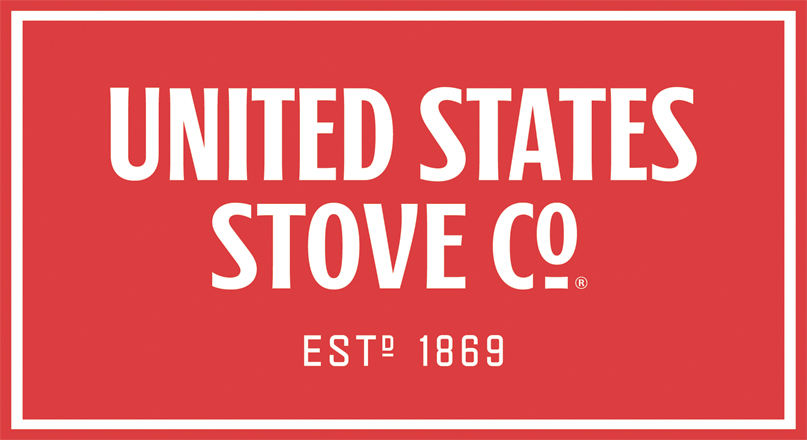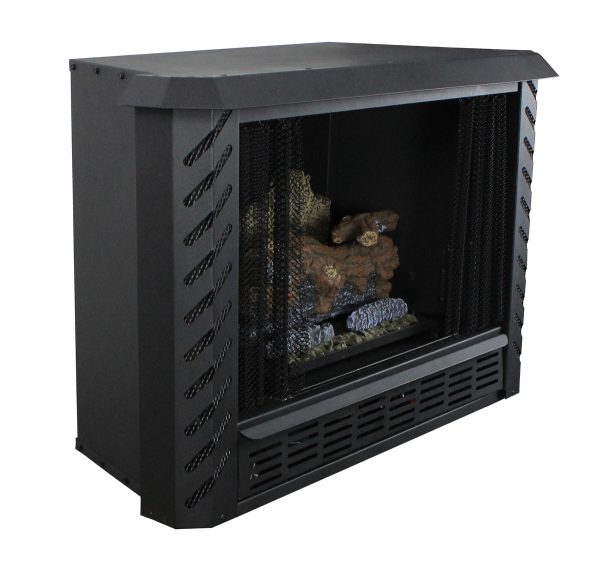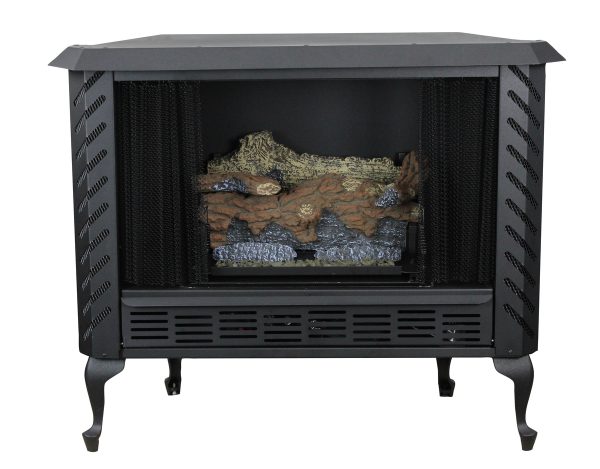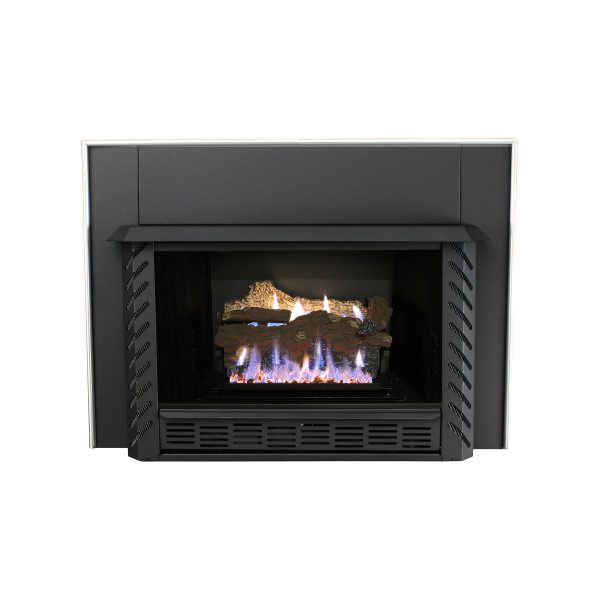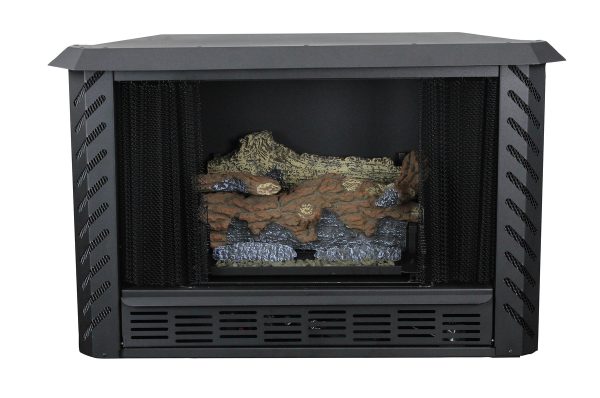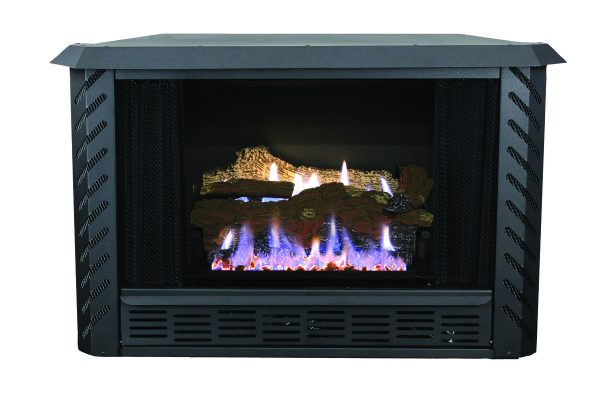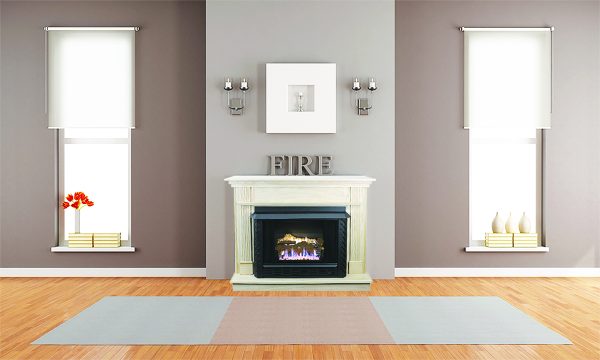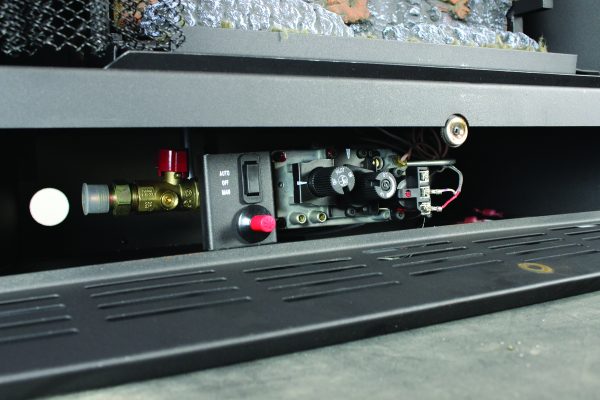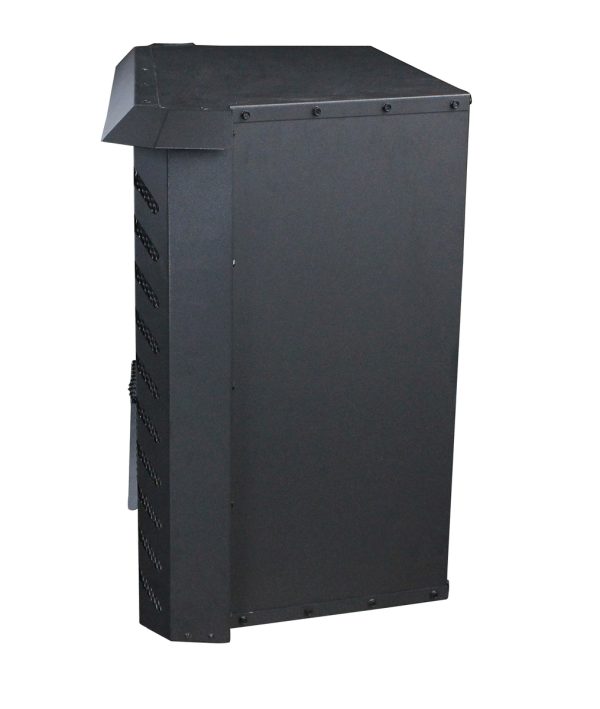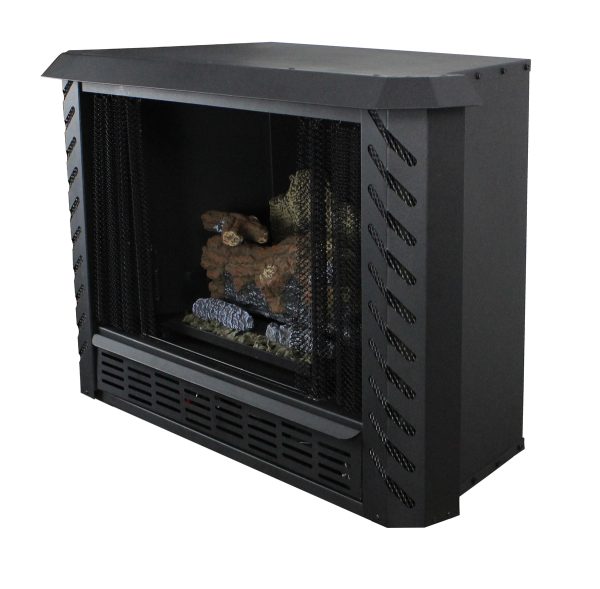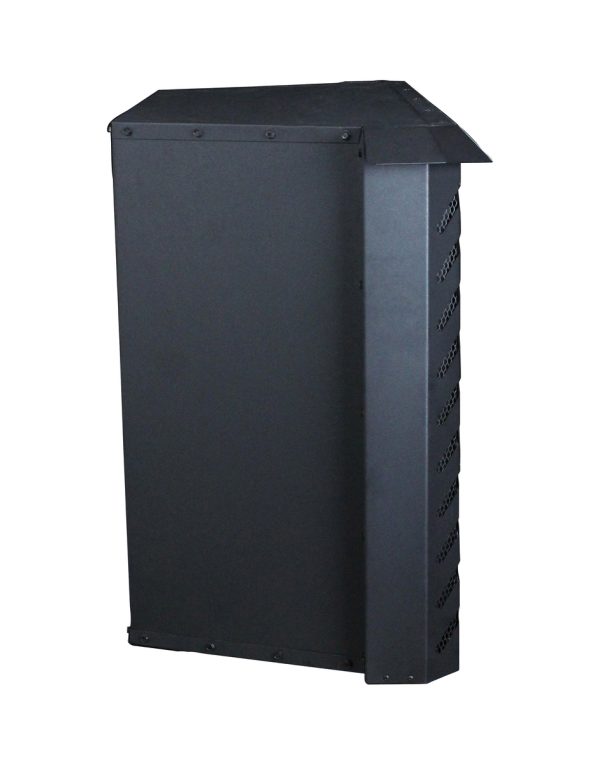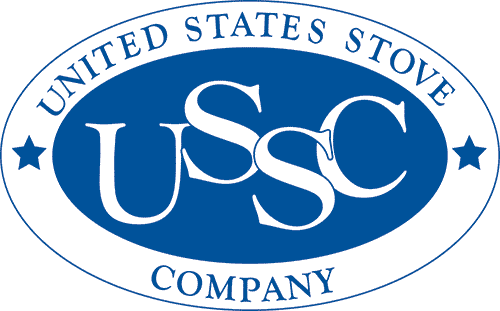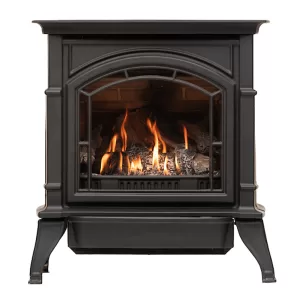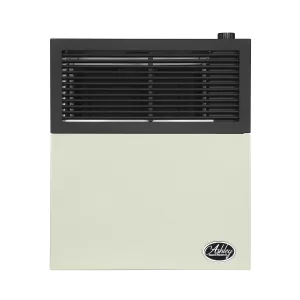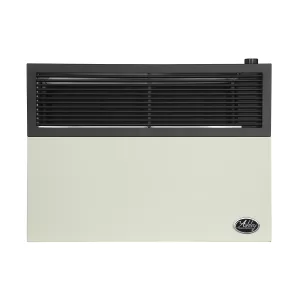1 200 m². Fort. Cuisinière au gaz naturel sans évent à brûleur unique
- Chauffe jusqu'à 1 200 pieds carrés
- Jusqu'à 34 000 BTU
- Jeu de bûches inclus

Description
L'Ashley AGVF340N est un foyer classique sans ventilation conçu pour s'adapter à toute application de chauffage et style de pièce. En soi, ce kit peut être placé dans des foyers à dégagement nul et dans des applications de manteau de cheminée personnalisées. Il peut également être installé comme insert de cheminée de conversion avec le kit d'insert en option (AG34IK). Il peut également fonctionner comme un poêle classique autoportant avec des pieds queen en fonte en ajoutant le kit de pieds en option (AG34LK). Enfin, il peut être placé dans un kit de manteau de cheminée en bois pour ajouter un manteau de cheminée à n'importe quel mur et pièce. Puisqu’il s’agit d’un poêle certifié sans ventilation, aucun conduit ou cheminée n’est nécessaire pour l’installation. L'installation nécessite de brancher votre alimentation en gaz, de placer le kit de bûches en fibre céramique et de brancher le ventilateur électrique inclus. Les commandes de gaz de ce poêle sont cachées sous le poêle derrière la porte rabattable. Vous pouvez également brancher un thermostat à ces commandes pour permettre au poêle de maintenir la température ambiante idéale. Cette unité est disponible dans les configurations de vannes au gaz naturel et au propane. Les bûches et l'ensemble de brûleurs merveilleusement réalistes qui fournissent une flamme réaliste ajoutent au style de ce foyer. Mieux encore, cet appareil est sans ventilation, vous n'avez donc pas besoin d'installer de cheminée et son efficacité est de 99 %.
Le produit est expédié sur une palette, via un transporteur LTL. Les frais d'expédition peuvent changer une fois l'adresse confirmée.
Caractéristiques
- Chauffe jusqu'à 1 200 pieds carrés
- Jusqu'à 34 000 BTU
- Jeu de bûches inclus
Modèle #
- AGVF340N
- Pour le kit de pieds en option, achetez l'AG34LK
- Pour le kit d'insertion en option, achetez AG34IK
- Les commandes cachées sont prêtes à être raccordées à n'importe quel thermostat millivolt standard
- Pour le kit de manteau en option, achetez AG34MK
- Livré avec un tuyau de raccordement au gaz de 14 pouces
- Jeu de bûches inclus
- Chauffe jusqu'à 1 200 pieds carrés
- Jusqu'à 34 000 BTU de puissance calorifique
- Sans évent pour une installation facile
| Largeur assemblée (po) | 38 |
| Poids du paquet | 110 |
| Largeur du paquet | 29.5 |
| Hauteur du colis | 35.5 |
| Profondeur assemblée (po) | 16.5 |
| Profondeur du paquet | 24.5 |
| Hauteur assemblée (po) | 23.75 |
